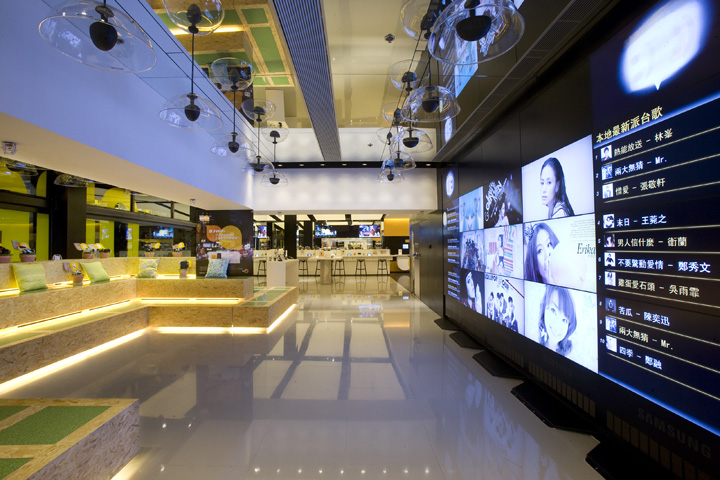
Runways like Harrison and O'Neill are safer as the altimeter can just be left at zero for them, but as always the best thing to do would probably just be to land the plane yourself. This tells the plane to fly higher to avoid crashing on approach. Next, if the airport is at a higher elevation (like the military base or the Arctic runway) you should set the altimeter to around 10 or 20. To use autoland, take a waypoint around halfway down your chosen runway and input it into the keypad below the throttle.

APP works fine most of the time, but I wasn't able to get a localizer system working so you still need to steer the plane. Neither LNAV or VNAV are needed to use the autopilot, as it also has a conventional ALT hold and Heading Hold.Īs always, the autoland on this plane is kind of janky.

It will climb the plane to a cruising ALT of 1,000 meters, and when it sees the flight plan is ending it will automatically descend to 300 meters. VNAV, or Vertical Navigation, is meant to be used along with LNAV as a form of altitude hold. Just turn it on and activate the autopilot and it will follow the flight plan you input. LNAV, or Lateral Navigation, pretty much functions like a multi-waypoint autopilot on this plane. Just keep on doing this until your flight plan is done. You should see a waypoint appear on the LEGS page. Add your first waypoint in the keypad below the throttle, and press the arrow button to add it to the flight plan. (You'll probably have to zoom in with RMB).

To make a flight plan, first use the FMC next to the throttle and change it to the LEGS page. The cabin lights can be adjusted using the panel near the roof. Make sure that the PACKs are off if you are starting the engines. Once you are in the air, turn off the APU, but leave it on on the ground as the engines don't produce enough power at idle to charge the batteries. Start the engines using the four start switches- verify start lights indicate rotation Three class layout: business, premium economy, and economyġ2). Custom made PFDs based off of jbaker96's glass cockpit addons Custom made FMC- Route, PERF, and LEGS pages Advanced LNAV and VNAV autopilot systems This creation is 1-1, and contains many new features such as: Type certification was received on January 9, 1989, and it entered service with NWA on February 9, 1989. The first 747-400 was rolled out on January 26, 1988, and made its maiden flight on April 29, 1988. Northwest Airlines (NWA) became the first customer with an order for 10 aircraft on October 22, 1985.
Hong kong creation workshop series#
The "Advanced Series 300" was announced at the September 1984 Farnborough Airshow, targeting a 10% cost reduction with more efficient engines and 1,000 nmi (1,850 km) more range. The Boeing 747-400 is a wide-body airliner produced by Boeing Commercial Airplanes, an advanced variant of the initial Boeing 747. This plane can be spawned in through a custom mission or an edited workbench P.s ofc this is not the exact plane it was really hard to edit this The Hong Kong International Conducting Competition, organized by Hong Kong Sinfonietta, is for conductors under the age of 35 to establish a network in Asia. The capacity can be of First class-6, Prestige class aka their business class name-48, And Economy-314 All together 368, Right now these planes will probably retire by 2031 Korean air operated international destinations includes Hong Kong, Japan, Taiwan, and Los Angeles on the 707's until the 747's came along which flown to transpacific routes and started a European service to Paris, France. Also for the client, EG2 was an excellent option for them to keep the tile system durable while not sacrificing good tile appearance.Korean air's 747 was first introduced in 1973 Korean air was the first 747 freighter operator in the Pacific.

On the other hand, when compared to the ordinary epoxy-based grout, EG2 has high viscosity and is extremely easy for workers to manipulate during application, even for narrow joints.It made the application process much easier. On one hand, the epoxy-based EG2 has excellent chemical resistance which made it very suitable to be used in the workshop. It was selected to cater two issues – chemical resistance and ease of application. The client wanted the 7000m2 floor tile in the workshops to be extreme appealing and also long-lasting. The Porsche workshops had frequent vehicle in and out, so the chemicals emited from it might cause erosion on the floor tile and the grout. CHALLENGES:Ĭhemical resistance for sure is the key factor for the client to consider. Besides its showrooms, Porsche also had high visual and functional requirements for their aftersales service centre in Hong Kong, as they wanted to offer premium customer experience in every point of touch, even in the car maintenance and repair process. Porsche, one of the most famous luxury cars manufacturer, has set up showrooms and workshops all over the world to showcase their world-class craftsmanship in vehicle quality.


 0 kommentar(er)
0 kommentar(er)
